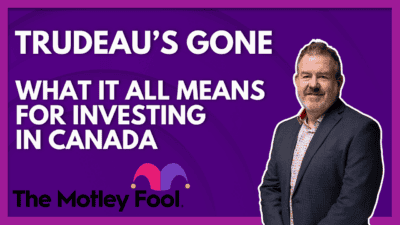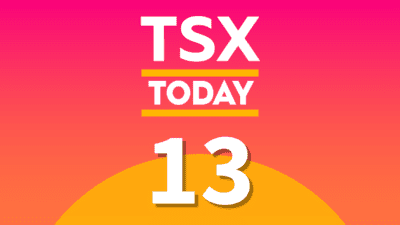Many people think you have to be rich in the first place to retire rich, and even though there is some cynically pragmatic truth in that mindset, it’s not exactly true — especially if you equate rich with financially comfortable at retirement.
With discipline, consistency, and the right approach to retirement planning, it’s relatively easy to retire with a sizeable nest egg for your golden years. And the simplest way to retire rich is to start investing as early as possible.
It’s an oversimplification of what’s often a complex strategy, but that really is the essence of the simplest approach to retiring rich. Here’s what can happen if you start early:
- You have more time to grow your investments.
- You have more time to correct your early investing mistakes.
- You can take more risks than a person nearing retirement.
- You can grow relatively smaller sums to a sizeable nest egg without pushing the risk profile too much (usually through index funds/ETFs).
There are two stocks that can demonstrate two of the ways that starting early can help you retire rich.
Investing in slow but consistent growers
Calling National Bank of Canada (TSX:NA) slow is not entirely accurate, as it is the fastest-growing bank (from a 10-year CAGR perspective) among the Big Six. But the rate of its growth is a bit slow compared to traditional rapid growth stocks like Shopify. Still, it’s more than enough to help you retire rich, especially if you start early.
Its current CAGR is about 14.1%, but an argument can be made that the current numbers are skewed because of the robust post-pandemic growth. Still, even if you knock the projected annual growth rate down to 10%, which is conservative, even from the perspective of some index funds, you can experience powerful growth.
If you invest $10,000 in the bank and let it grow 10% a year for 20 years, you will get about $67,275. If you start early and have three decades for growth, the same sum can grow up to $170,000. Reinvesting the dividends back can also help you turn them into a better passive-income source for your retirement.
Investing in relatively risky stocks
Crypto stocks qualify as “risky” for most investors, but they can be powerful catalysts for growing your retirement funds. Take Bitfarms (TSXV:BITF) as an example. It’s a publicly traded Bitcoin miner, and the share price often reflects the underlying crypto price and follows the same trends. Currently, Bitcoin is down, and so is the stock, and it is trading at a 61% discount from its yearly peak.
If you buy it at its current price — i.e., about $4 per share — and the stock starts rising, following Bitcoin, and reaches a bit past its previous peak ($10.73 per share) to just $12 per share, you can experience three times the growth. And that can happen way before a decade, and if Bitcoin starts to rise, this growth can happen within the year. So, if you invest $10,000 in this risky stock, you can see it rise to $30,000 possibly within a couple of years.
And since the long-term prospects of such stocks are unpredictable, you can liquidate your position (partially or fully) and use the capital elsewhere.
Foolish takeaway
It’s important to note that even though it’s ideal to start early, it’s never too late to start investing for your retirement. As the Bitfarms example demonstrates, you may see strong growth in relatively short periods if you have a healthy risk appetite. Also, it’s a good idea to keep your nest in both your RRSP and your TFSA.






